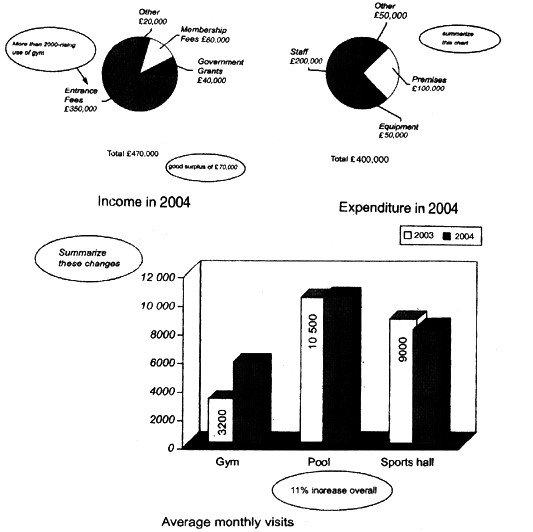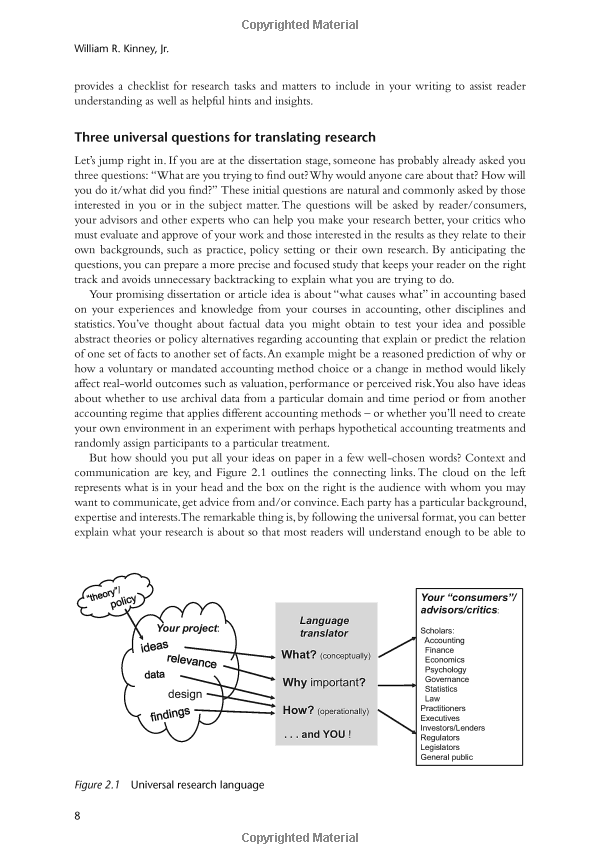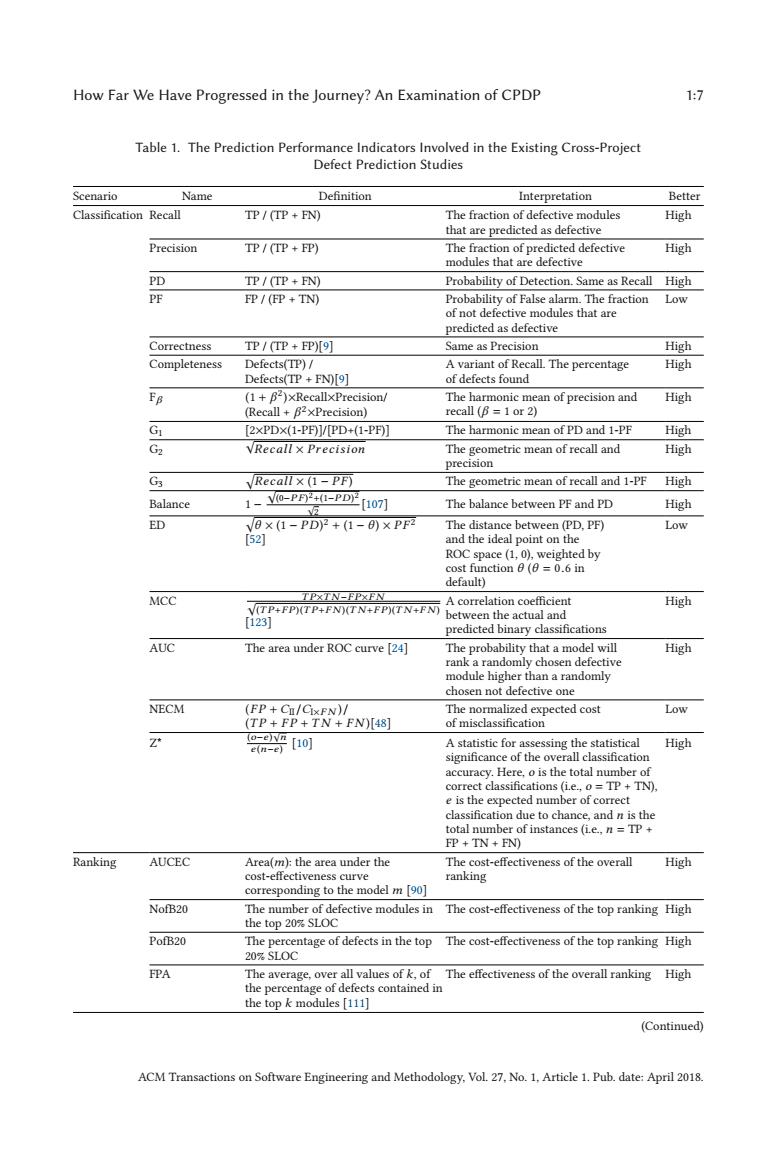Understanding How Does Refinancing a Loan Work: A Comprehensive Guide to Loan Refinancing Benefits and Process
---#### How Does Refinancing a Loan WorkRefinancing a loan is a financial strategy that allows borrowers to replace their existing loan with a new one, typi……
---
#### How Does Refinancing a Loan Work
Refinancing a loan is a financial strategy that allows borrowers to replace their existing loan with a new one, typically with different terms. This process can be beneficial for various reasons, including lowering monthly payments, reducing interest rates, or changing the loan duration. In this guide, we will delve into how refinancing a loan works, the steps involved, and the potential advantages and disadvantages of this financial decision.
#### The Basics of Loan Refinancing
At its core, how does refinancing a loan work involves taking out a new loan to pay off an existing loan. The new loan may have a lower interest rate or a different repayment term. This can result in lower monthly payments or a quicker path to paying off the debt. Borrowers often consider refinancing when interest rates decrease or when their credit score improves, making them eligible for better loan terms.
#### The Process of Refinancing a Loan
1. **Evaluate Your Current Loan**: Before you start the refinancing process, it's essential to understand the terms of your current loan. Take note of the interest rate, remaining balance, and any penalties for early repayment.
2. **Research Lenders**: Not all lenders offer the same refinancing options. Shop around to find lenders that provide favorable terms, such as lower interest rates or reduced fees. Online comparison tools can help streamline this process.

3. **Check Your Credit Score**: Your credit score plays a significant role in determining the interest rate you’ll receive on your new loan. Check your credit report for any inaccuracies and take steps to improve your score if necessary.
4. **Gather Documentation**: Lenders will require documentation to assess your financial situation. This may include income verification, tax returns, and details about your current loan.
5. **Apply for the New Loan**: Once you’ve chosen a lender, submit your application. Be prepared to provide all necessary documentation and answer questions about your financial situation.
6. **Loan Approval and Closing**: If approved, you’ll receive a loan estimate outlining the terms. Review this document carefully before closing, which involves signing the final paperwork. At this stage, the new loan will pay off the existing loan.
7. **Start Making Payments**: After closing, you’ll begin making payments on the new loan according to the agreed-upon terms.
#### Benefits of Refinancing a Loan

Refinancing can offer several advantages:
- **Lower Interest Rates**: If market rates have dropped since you took out your original loan, refinancing can help you secure a lower rate, reducing your overall interest costs.
- **Reduced Monthly Payments**: A lower interest rate or extending the loan term can decrease your monthly payment, providing immediate financial relief.
- **Debt Consolidation**: Refinancing can also be a way to consolidate higher-interest debts into a single, lower-interest loan, simplifying your finances.
#### Potential Drawbacks of Refinancing
While refinancing can be beneficial, there are potential downsides to consider:

- **Closing Costs**: Refinancing often involves closing costs, which can range from 2% to 5% of the loan amount. These costs can negate some of the savings from a lower interest rate.
- **Longer Loan Terms**: Extending the loan term may lower monthly payments, but it can also lead to paying more interest over the life of the loan.
- **Impact on Credit Score**: The process of applying for a new loan can result in a hard inquiry on your credit report, which may temporarily lower your credit score.
#### Conclusion
Understanding how does refinancing a loan work is crucial for anyone considering this financial option. By evaluating your current loan, researching lenders, and weighing the benefits against the potential drawbacks, you can make an informed decision that aligns with your financial goals. Whether you’re looking to lower your monthly payments, reduce your interest rate, or consolidate debt, refinancing can be a powerful tool in your financial arsenal.